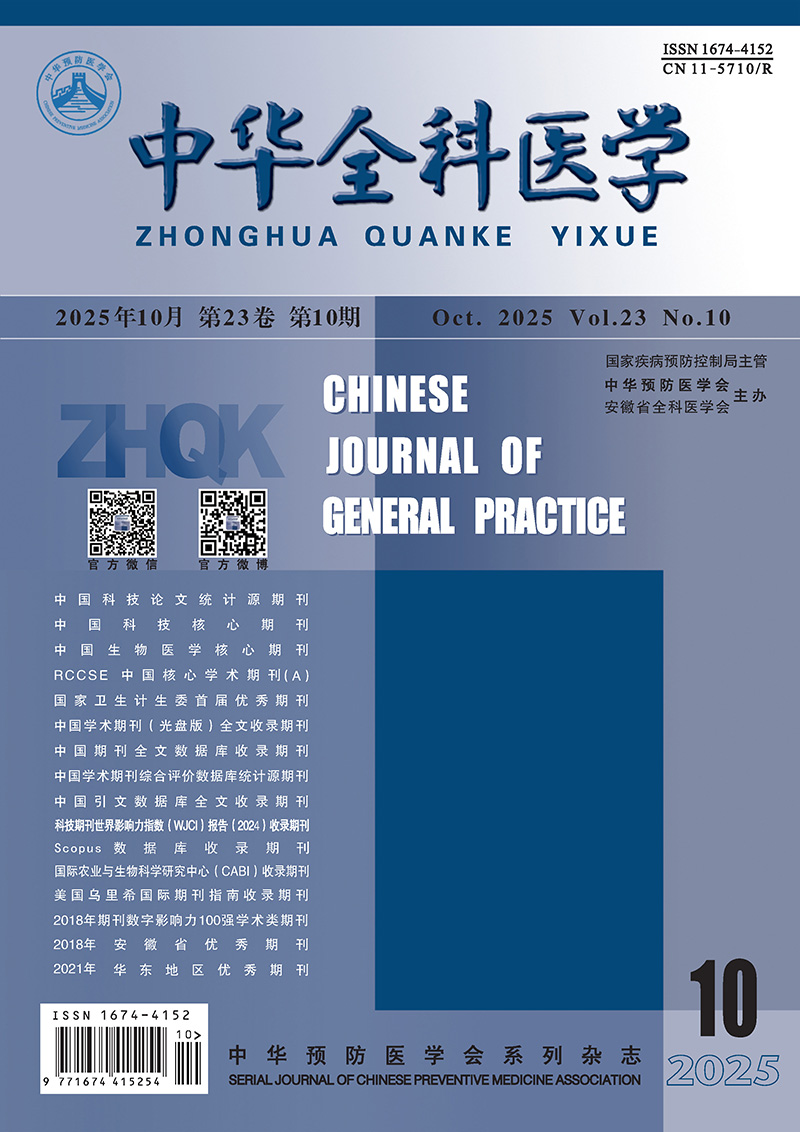Abstract:
Objective To explore the nursing effect of multi-frequency concussion sputum extractor in ICU patients with severe pneumonia. Methods According to the random number method, 122 patients with severe pneumonia in ICU admitted by Quzhou City People's hospital, from January 2018 to December 2019, were divided into two groups, with 61 patients in each group. Both groups were given conventional treatment. On this basis, the control group was treated with traditional manual back button sputum drainage, and the observation group was treated with multi-frequency shock sputum drainage machine. After treatment, the average daily sputum volume, temperature (T), calcitonin (PCT) and c-reactive protein (CRP) and white blood cell count (WBC), arterial blood oxygen partial pressure, arterial blood (PaO2), CO2 partial pressure (PaCO2) and clinical pulmonary infection score (CPIS), vascular active drug use time, mechanical ventilation, ICU length of hospital stay, the total length of hospital stay, acute physiology and chronic health evaluation (APACHE Ⅱ) and 28 d case fatality rate of change were compared between two groups. Results The total effective rate of the observation group (95.08%) was significantly higher than that of the control group (77.05%, χ2=8.296, P=0.016). After treatment, the levels of PCT, CRP, WBC, PaCO2, T and CPIS in both groups were significantly reduced (all P < 0.05), and the observation group was lower than the control group (all P < 0.05). PaO2 level increased in the two groups (all P < 0.05), and was higher in the observation group than in the control group (P < 0.05). The average daily sputum output of the observation group was significantly higher than that of the control group (P < 0.05). After treatment, the use time, mechanical ventilation time, length of stay in ICU and total length of stay in the observation group were significantly shorter than those in the control group (all P < 0.05). APACHE Ⅱ scores of the two groups were significantly reduced (all P < 0.05), and the observation group was lower than the control group (P < 0.05).The case fatality rate of the observation group on day 28 (1.64%) was lower than that of the control group (8.20%), but the difference was not statistically significant (χ2=1.578, P=0.209). Conclusion The application of multi-frequency oscillatory sputum ejector in the treatment of severe pneumonia in ICU can significantly shorten the use time of vasoactive drugs, mechanical ventilation time and ICU hospitalization time, promote the sputum ejector, reduce the inflammatory response of patients, improve the blood gas level of patients, and the treatment effect is better.


